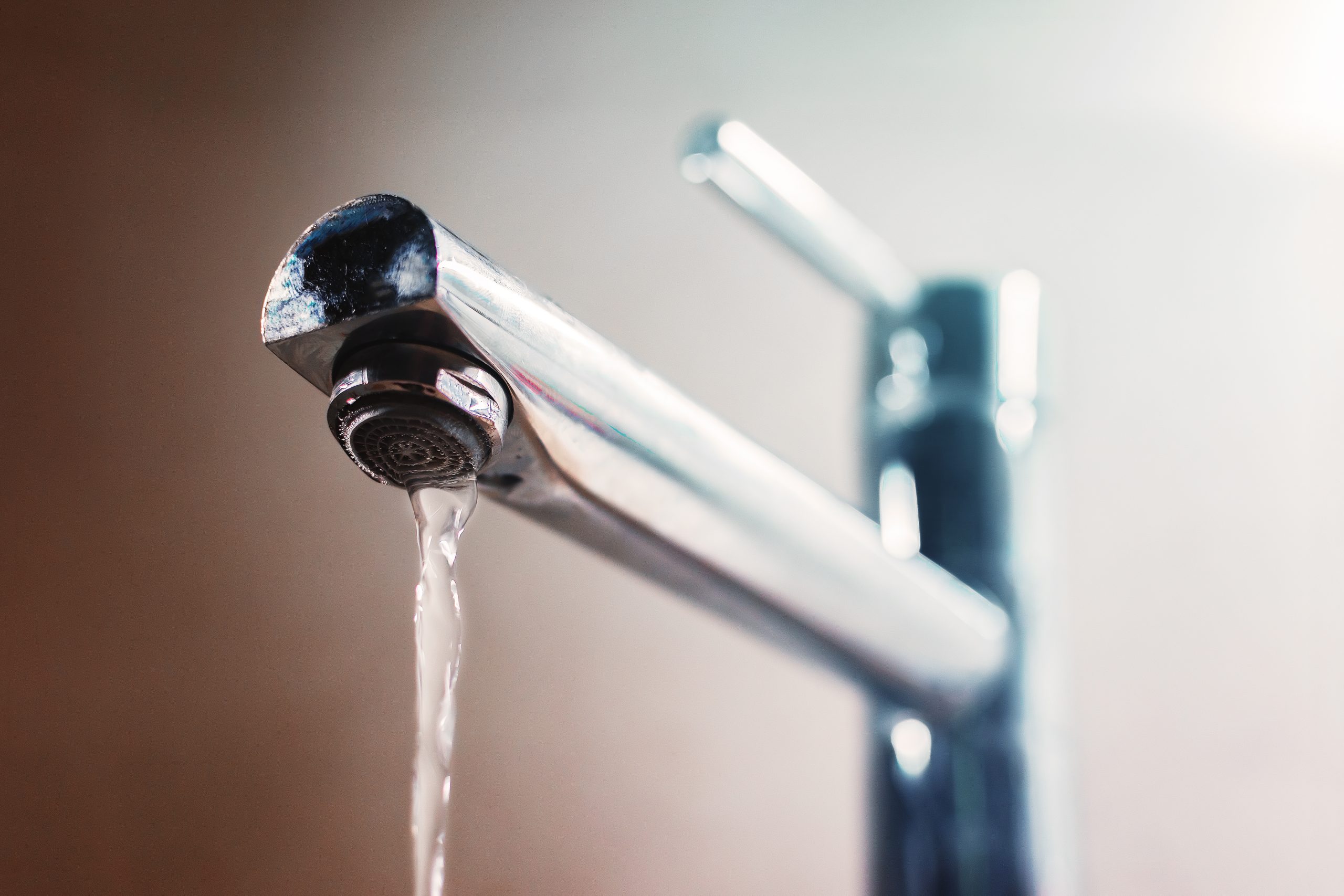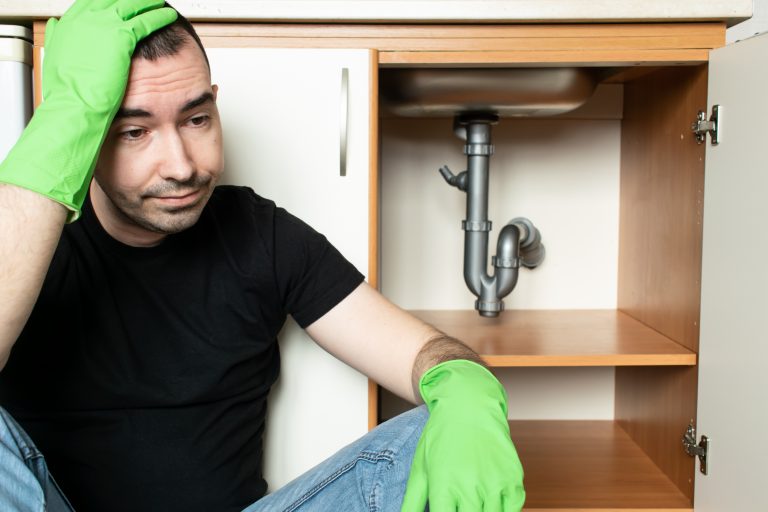No matter what water supply you use, whether from a private well or a public water supply, there are still possibilities of experiencing some problems with your household water. Like many homeowners, you might have difficulty looking for what is wrong since there are variables that impact the water connections. For instance, your plumbing system, the pipelines, fixtures, and even your home design should all be considered when troubleshooting the issues.
Water quality is imperative in any household, as this greatly affects daily life. Household members could suffer from health issues if the water is contaminated with sediments, bacteria, and dirt, such as asthma, vomiting, diarrhea, and nausea. Likewise, poor flow of water, low pressure, and other matters will disrupt water use, especially when people need to shower or fulfill household chores, such as doing the laundry or washing the dishes.
Here are some common water problems that you can spot in your home and solutions to treat such issues:
1. Foul Smell
If you notice a foul smell lingering in your kitchen countertops or bathroom, this problem usually indicates that your water contains high levels of hydrogen sulfide. You can check and monitor where the odor is coming from. There are some instances when a bad smell occurs because of your water boiler. However, when the smell lingers longer and feels a bit stronger when you turn on your water tap, then it’s a sign that the problem could be coming from the water well. Hydrogen sulfide is not healthy for your plumbing fixtures and pipelines, as it can lead to corrosion.
Hydrogen sulfide can be removed from the well water with specialized systems. Water is exposed to the atmosphere via an aeration system that uses activated carbon filters, which dissipates hydrogen sulfide. This entails a complex process, so it’s best to visit an expert company, like EPP Well Solutions, and get a new well pump. Replacing your old well pump will help get rid of other minerals, such as iron and manganese. Gradually, the solids and sediment buildups in your water supply will be mitigated.
2. Discolored Water
There could be some factors that contribute to the reasons why your household water connections release discolored water. Discolored water is murky water that comes from rust, iron, sediments, and soil. Often times, old homes that haven’t been used in a while suffer from this kind of issue.
Check out the different color discolorations and learn about their causes:
- Yellowish Water
This color might only be experienced in houses situated in some regions, where the water source comes from marshlands. If the home’s well is not deep enough, the yellowish color in water might likely occur.
This doesn’t pose any health hazard, though, but you can address it by visiting an expert company that can come over and examine your water source system.
- Rusty Water
When your water emits a similar color of rust, a cross between red or brown, you can tell this is due to the iron present in your water supply. If it’s not iron, it could be manganese. Such rusty water flow could stain your plumbing fixtures and even your clothes too.
One solution for this is to have a water treatment that can remove iron content from your water supply.
- Cloudy Water
Turbidity is usually the cause of cloudy water. To tell whether there’s turbidity, you can measure the amount of light scattered by a water sample when you shine a light through it. If the scattered light intensity is high, the turbidity is high. You don’t have to worry about this water issue because it’s not really harmful to your health. However, it does stain your plumbing fixtures or cause pipe abrasions.
To resolve turbidity issues, reach out to water well professionals, so they can change your water source connections.
- Blue Or Green Color
Another color that you’ll rarely find in water is a blue or green hue. If you notice a blue or green color in your water, it means there could be copper found in it. This kind of problem could also cause stains on your fixtures and clothes. Water with more than 30 parts per million of copper can be a serious problem.
It’s dangerous to your health because it can cause you to vomit and experience diarrhea, so it’s best to have your water tested right away. Contact a plumber and have them address the issue quickly. By having the water tested, you’ll be able to find out what minerals or elements are causing such discolorations.
3. Leaking Faucets Or Water Pipes

Both apartments and houses commonly experience leaking pipes and faucets. When this happens, you might need to have a bathroom remodeling project. Although leaking pipes and faucets are not really a dangerous issue, they lead to increased water consumption, which will make you deal with high water utility bills. Drips should be fixed right away, so you won’t have to waste and spend needlessly on a water resource that just flows right through the drainage.
Furthermore, you can help save water if you regularly check for leaks in your home. This is one great way of protecting the environment. Other countries don’t have access to regular water supply, so don’t take such a valuable resource for granted.
Unless you catch the leak right away, leaking pipes can cause significant damage. For instance, they can cause wood in your home to rot or your ceiling to give way. You can detect leaking pipes when you see puddles on the floor or when the ceiling comes with discolorations.
As for leaky fixtures, you can tell right away when the washer forming the seal on the tap or showerhead is already worn out. These seals might be torn or broken already, or they get stiff or displaced. As a result, the faucets and showers leak. Such occurrence even happens in your toilet flushes. The valve seat corrodes or wears over time too.
To solve such issues, consider these solutions:
- Replace the seals and washers of the faucet and other plumbing hardware that are faulty and leaky. If you know how to replace them, you can do so yourself. Find a good-quality washer, use some plumbing tools, and you’ll be able to replace them with no hassle.
- Contact a plumber when you have leaky pipes since the joints usually need to be replaced or sealed. Replacing or sealing leaky pipes is a complex task, so it’s better to leave it to professionals. Trying to fix the problem by yourself might only lead to worsening it. Plumbing services in McKinney, TX are readily available and affordable, so it’s always better to get your plumbing issues fixed by an experienced professional to avoid any future problems or damage.
- Another effective solution to the issue is to prevent it even before it becomes a problem. Although water issues are trivial and unavoidable, you can prevent them when you constantly check your pipes and faucets. Replace washers and seals when they have been used for a long time. It’ll also help to be more careful with the pressure when opening faucets. In short, you just have to inspect your home for leaks regularly.
4. Hard Water
Although hard water may not cause severe health problems, it can cause damage to your home, especially to your plumbing fixtures and water appliances. Too much calcium and magnesium in your water will cause your household appliances to break over time. As a consequence, you won’t be able to perform your chores.
You’ll also need to repair your appliances or pay for replacements when they become irreparable. Lastly, because they can’t perform efficiently, they’ll require more electricity, which will be another additional and unnecessary utility expense.
Some of the signs that you need to look out for in case you’re experiencing hard water are that your laundry clothes become discolored or stained yellow or gray. Pipelines release low pressurized water, and there are some scales found on your plumbing hardware. Moreover, hard water will damage your skin and hair over time.
To solve this water issue, it would be best to invest in a water softening system. This is the ideal method for treating excessive hardness in water. However, if you want a cost-effective option, you can go for water softeners instead.
5. Low Water Pressure
Low water pressure is a common problem in old houses, but it can also occur in new homes. When not addressed, the situation could worsen even more, which will cause quite a stir in a full-packed home where many household members will need to use the shower every morning or do the laundry.
There are several causes of low water pressure. Sometimes it might be that the public water source is having some issues. There’s also the angle of piping connections from the outdoor to your internal pipes. Another reason is that there are water leaks coming from your hardware and fixtures. Lastly, sediments, bacteria, and other particles might cause block-ups.
The solution to this problem is quite simple: Contact a plumber to have all your water connections checked. You can even consider investing in a filtration system to separate all the sediments and particles from the water flow.
Conclusion
By being familiar with all the common problems with the water supply in your household, you’ll be able to know how to fix them. Getting your plumbing work done yourself might seem like a cost-effective option, but depending on the issue, it’ll be safer and more efficient to leave complex tasks to professionals.

